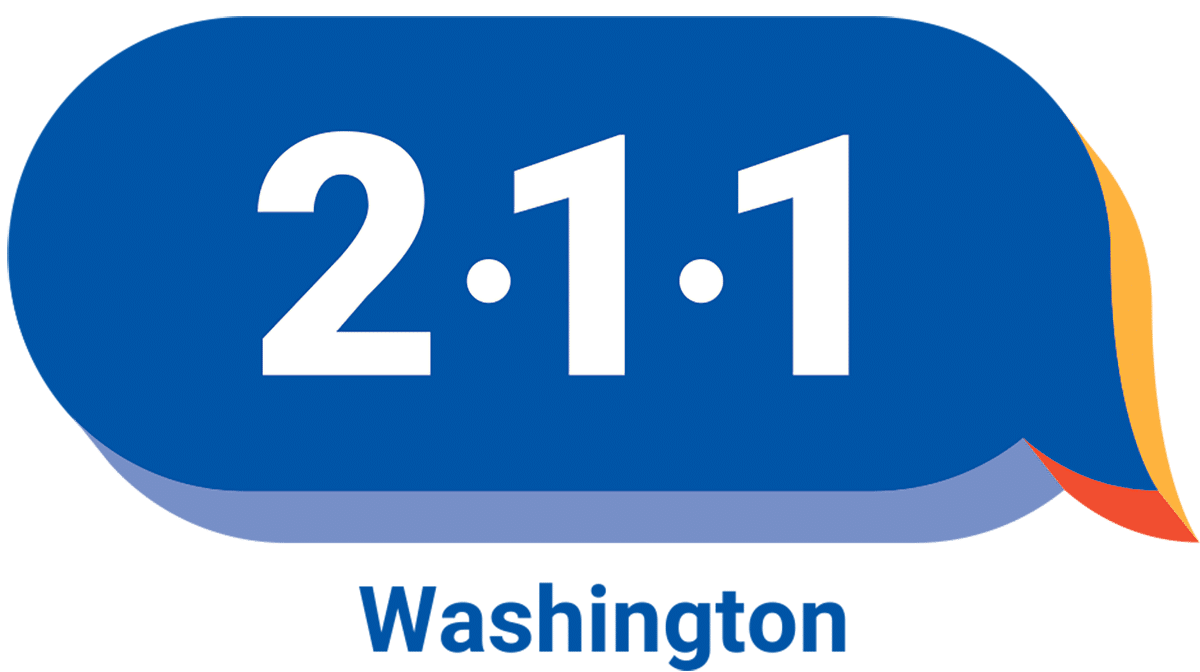2 MILLION PACIFIC NORTHWEST HOUSEHOLDS CAN’T AFFORD BASICS
Nearly 2 Million Pacific Northwest (PNW) households can’t afford a basic monthly budget that includes housing, food, child care, health care, transportation and a smartphone, according to new reports released by the United Ways of the Pacific Northwest and the United Way ALICE Project. The 2016 data shows that 40 percent of the 4.95 million households in the three states of Idaho, Oregon and Washington aren’t earning enough to make ends meet.
The majority of these families – 1.4 million in the PNW (763,801 in WA) are ALICE — Asset Limited, Income Constrained, Employed. These households earn above the Federal Poverty Level, but less than what it takes to survive in the modern economy. In addition, another 593,978 households in the PNW (304,445 in WA) live below the federal poverty level.
To learn more about ALICE read
The United Way ALICE Report for each state calculates hardship by examining households cost and incomes at the county level. This approach reveals that measurements using national and state averages of poverty do not accurately represent the extent of financial struggle in PNW communities.
“The ALICE study update shows that the percentage of financially insecure households in the Pacific Northwest is on the rise, growing to 42 percent in Oregon, 40 percent in Idaho, and 39 percent in Washington,” said Jim Cooper, CEO of United Ways of the Pacific Northwest. “The truth is, nobody in these three states should be that surprised. Most of us, especially those living in urban areas, see people huddled daily in doorways or living in encampments under the freeways, and it’s hard not to notice the longer lines at local food banks. Yet what we see is just the tip of the iceberg. As this report shows, there are hundreds of thousands more who are one unexpected expense away from losing their home, or not being able to pay for heat, for food, or medical bills.”
The term ALICE was coined to shed light on those essential workers often overlooked by other economic indicators and policy discussions. ALICE is our child care workers, home health aides and store clerks – those men and women who work at low-paying jobs, have little or no savings and are one emergency from poverty.
“We often don’t realize it, but we come in contact every day with people we know and care about who are walking a razor’s edge of just getting by,” Cooper said.
The United Ways of the Pacific Northwest, representing 33 United Ways, joined the Project in 2015, becoming part of a grassroots movement that seeks to redefine financial hardship in the U.S. The Project provides comprehensive, unbiased data to help inform policy solutions at all branches of government and in business, academia and nonprofit organizations. Launched by the United Way of Northern New Jersey at the start of the Great Recession, the research is being embraced by United Ways in 18 states, with more expected to join next year. United Ways and partners are using the data to develop policies, allocate resources and address community needs.
“Despite seemingly positive economic signs, the ALICE data shows that financial hardship is still a pervasive problem.” said Project Director Stephanie Hoopes, Ph.D., who leads the data analysis.
“This research dispels long-standing myths about financial instability by showing that ALICE families exist in every community and among all ages, races and ethnicities,” Hoopes added.
Additional data highlights revealed by the research include:
- More than 39 percent of households in each state cannot afford a basic survival budget – the percentage of struggling families ranges from 39 percent in Washington to 40 percent in Idaho and 42 percent in Oregon.
- From 2010 to 2016 the cost of basic household expenses for a family of four (two adults with one infant and one preschooler) has risen an average of 30 percent across PNW (27% in ID; 34% in OR; 28% in WA) compared to a national 9 percent rate of inflation during the same period.
- Although unemployment rates are falling, ALICE workers are still struggling. Low-wage jobs dominate the landscape, with the majority paying less than $20 per hour in each state – 70% in ID, 58% in OR; 50% in WA. The increase in contract jobs and on-demand jobs has resulted in less stability for more workers. Gaps in wages persist and vary based on the type of employer as well as the gender, education, race, and ethnicity of workers.
ABOUT UNITED WAYS OF PACIFIC NORTHWEST
United Ways of the Pacific Northwest (UWPNW) is the regional trade association for 33 local United Ways in Washington, Oregon and Idaho. United Ways in the Pacific Northwest are committed to improving lives by mobilizing the caring power of communities to advance the common good in the areas of education, income and health. Our mission is to advance the common good throughout the Pacific Northwest by enhancing the individual and collective ability of member United Ways to impact their communities and collaborate on regional and statewide issues.
About the United Way ALICE Project
The United Way ALICE Project is a collaboration of United Ways in Connecticut, Florida, Hawai‘i, Idaho, Indiana, Iowa, Louisiana, Maryland, Michigan, New Jersey, New York, Ohio, Oregon, Pennsylvania, Texas, Virginia, Washington, and Wisconsin. The Project has developed standardized measurements that provide a comprehensive look at financial hardship across the U.S. With this data, Project members work to stimulate a fresh, nonpartisan dialogue across the country about the importance and fragility of working families living paycheck to paycheck.
See the original press release here
For community resources or housing information please dial 211

